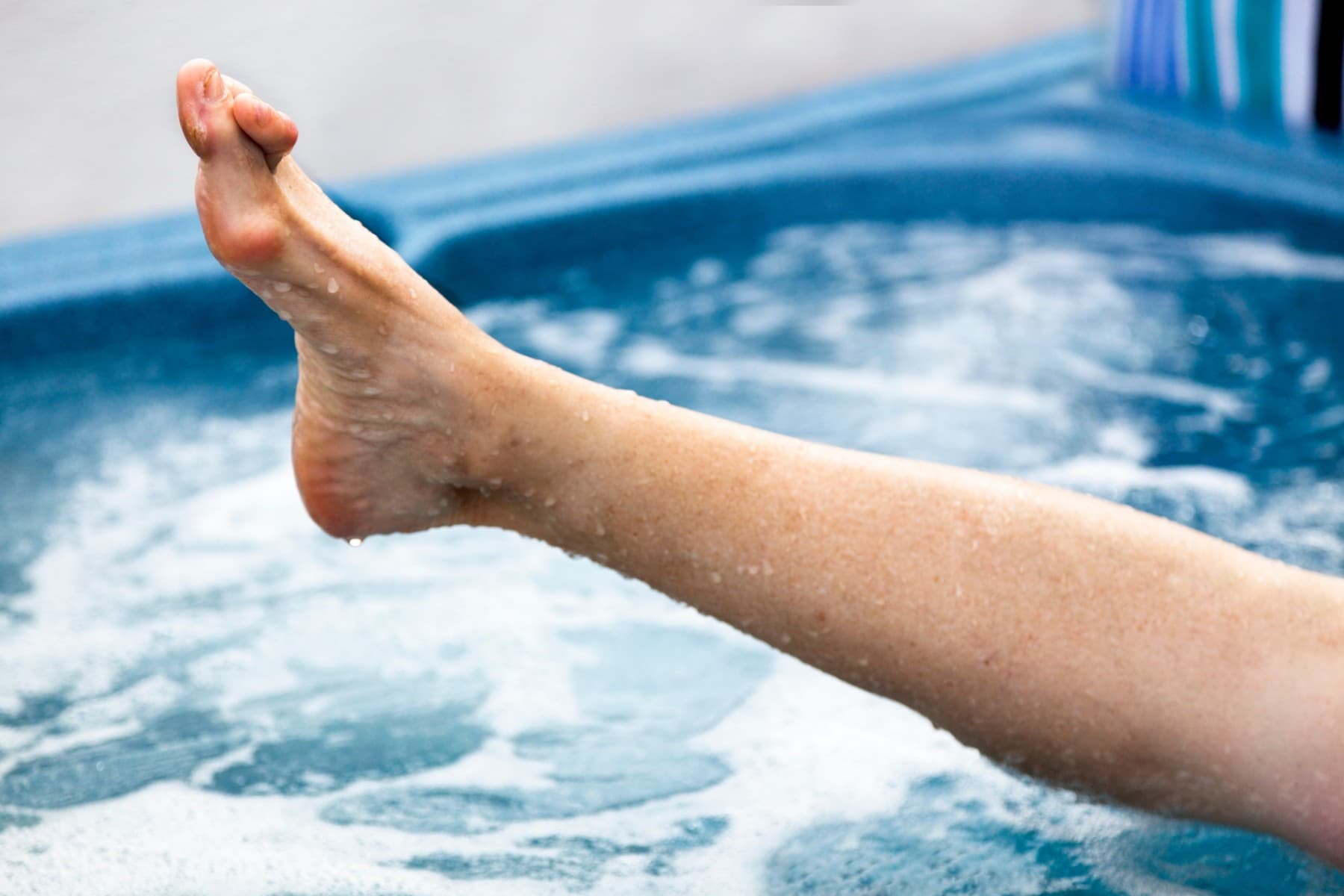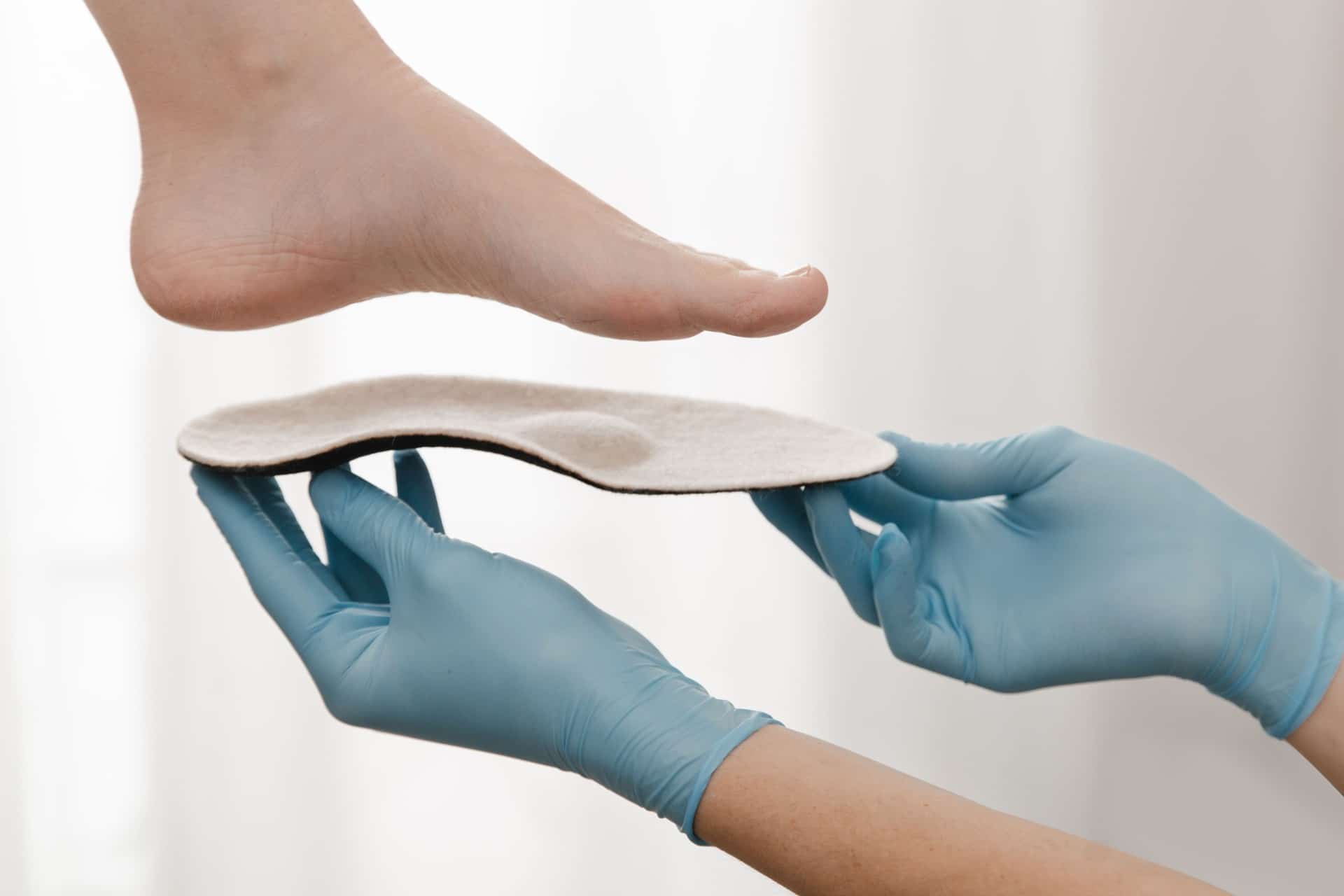Treating Hammertoes
At Midwest Podiatry, hammertoes are a common foot problem, usually affecting adults between the ages of 50 and 70.
A hammertoe occurs when your toe bends at the middle knuckle, though you may still be able to flatten if you push it down. Over time, the condition often worsens, and you may begin to experience pain. You may also develop a hammertoe on multiple toes on the same foot.
Midwest Podiatry offers several treatment options, including non-surgical interventions, to help you find hammertoe relief.
What Causes Hammertoes?
There are many causes for hammertoes. Some patients experience toe trauma, suffer from arthritis or have a prominent arch in their foot. Other patients wear tight shoes that chronically force the toes to bend.
Tight ligaments, tendons, muscles, and joints can also cause hammertoes. When the structural balance of your foot is thrown off, the foot may take on a deformed appearance.
Hammertoes are rarely painful in the beginning but typically worsen with time. Early intervention is the best way to protect your foot and avoid any unnecessary pain.
Our podiatrists can help you get to the root cause of your hammertoe and find treatments that are effective and noninvasive. Many cases of hammertoes can be treated without surgery, but early action is crucial. The longer hammertoes go untreated, the worse they may become. And severe hammertoes may require surgery.
Symptoms of Hammertoes
- A noticeable bend in one of your toes
- A tight or rigid joint
- Difficulty bending your toes
- Having to “push down” your toe so it isn’t bent
- Developing pain in the ball of your affected foot
- Redness, swelling, and burning near the joint
- Pain when moving the affected toe(s)
Hammertoe Treatments
Non-Surgical Options
Our specialists treat hammertoes through conservative remedies that are accessible and effective. One of the most important treatments is wearing properly fitted shoes.
Many people choose shoes that are inappropriately sized for their feet, especially as they swell and expand throughout the day.
It’s best to purchase shoes at the end of the day to get a fit that’s true to your actual foot size. This can help eliminate pressure and tightness that constricts the toe joints.
Another option includes ordering custom shoe inserts or orthotics that can improve the way your feet feel in your shoes.
If you experience hammertoe pain, we may be able to reduce swelling and alleviate some of it through a cortisone injection.
Moreover, padding (gel sleeve or tube foam, or moleskin) may provide relief.
Surgical Treatments
Hammertoe surgery is usually performed in an outpatient setting, which means that you go home the same day after your surgery. There are many surgical procedures for your surgeon to choose from. Some patients require joint repair and rebalancing, while others require joint replacement or joint fusion. Our surgeon will take the time to explain which procedure is best for you, and then answer any questions you might have.
Don’t Wait Another Day for Hammertoe Treatment
If think you might have hammertoes, please call us today at (612) 788-8778.
We’re happy to answer any of your questions and provide you with the best preventative foot care tips to look after your toes. Reach out to us to schedule an appointment at one of our offices.


